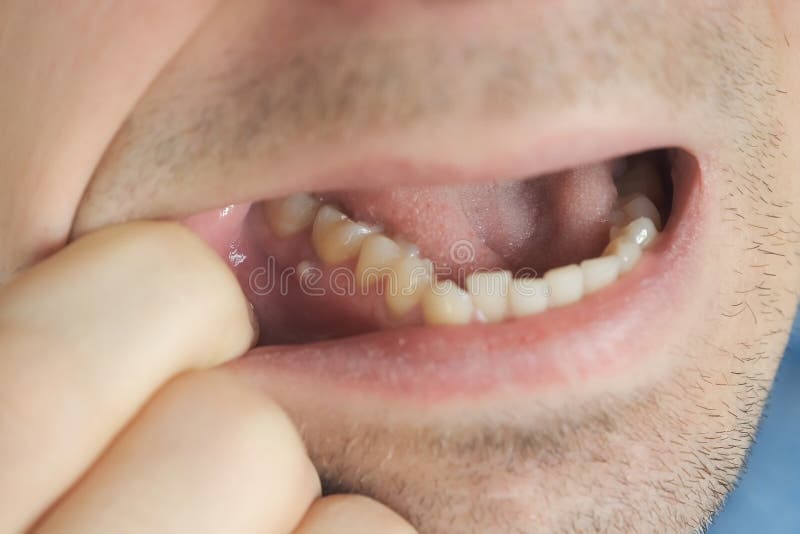Smoking After Extraction: Avoid Complications
For individuals who have recently undergone a tooth extraction, the recovery process can be a challenging and delicate time. One of the most critical aspects of ensuring a smooth and complication-free recovery is avoiding certain activities that can interfere with the healing process. Among these activities, smoking is particularly detrimental and can significantly increase the risk of complications.
Understanding the Risks of Smoking After Extraction
Smoking after a tooth extraction can lead to a multitude of problems, primarily because it hampers the body’s natural healing process. When you smoke, you introduce a multitude of chemicals into your system, many of which are harmful and can affect various bodily functions, including blood circulation and oxygen delivery to tissues. These effects are particularly problematic during the healing phase following an extraction.
Impaired Blood Clot Formation
One of the immediate risks of smoking after an extraction is the potential to dislodge the blood clot that forms over the extraction site. This blood clot is crucial as it protects the bone and nerve endings, allowing the area to heal properly. When the clot is dislodged, it can lead to a condition known as dry socket, which is not only painful but also delays the healing process.
Reduced Oxygen Supply
Smoking reduces blood flow and, consequently, the supply of oxygen to the tissues. Oxygen is essential for the healing process as it facilitates the repair and growth of new tissue. A reduction in oxygen supply can lead to slower healing, making the individual more susceptible to infections and other complications.
Increased Risk of Infection
The chemicals in tobacco smoke can also affect the immune system, making it harder for the body to fight off infections. In the context of a tooth extraction, this means an increased risk of developing an infection at the extraction site, which can lead to more severe health issues if not properly treated.
Delayed Healing Process
Beyond the immediate risks, smoking can also lead to a prolonged recovery period. The constant introduction of harmful chemicals into the body, coupled with reduced blood flow and oxygen supply, can significantly delay the healing of the extraction site. This not only prolongs the discomfort and pain associated with the extraction but also increases the risk of long-term complications.
Strategies for Managing the Urge to Smoke
For smokers, avoiding cigarettes after an extraction can be extremely challenging. However, there are several strategies that can help manage the urge to smoke during this critical period:
Nicotine Replacement Therapy (NRT)
NRT products, such as gum, lozenges, patches, and inhalers, can provide a controlled amount of nicotine to the body, helping to manage withdrawal symptoms without the harmful effects of smoking.
Prescription Medications
In some cases, prescription medications like bupropion (Zyban) or varenicline (Chantix) can be used to reduce cravings for nicotine.
Counseling and Support
Professional counseling, either one-on-one or in a group setting, can provide valuable support and strategies for quitting smoking. This can be particularly helpful during the recovery period after an extraction.
Healthy Distractions
Engaging in healthy activities and hobbies can serve as a distraction from the urge to smoke. This could include exercise, reading, spending time with non-smoking friends, or taking up a new hobby.
The Importance of Professional Guidance
While the risks associated with smoking after a tooth extraction are clear, quitting or reducing smoking can be incredibly challenging. It’s essential to seek guidance from healthcare professionals, including dentists and general practitioners, who can provide personalized advice and support.
Pre-Extraction Counseling
Before undergoing an extraction, discussing smoking habits with a dentist can be beneficial. They can offer insights into the specific risks associated with smoking after an extraction and recommend strategies for managing these risks.
Post-Extraction Care
After the extraction, following the dentist’s instructions carefully is crucial. This includes any recommendations regarding smoking, as well as advice on pain management, diet, and oral hygiene.
How long should I wait before smoking after a tooth extraction?
+
Can nicotine replacement products be used after a tooth extraction?
+Yes, nicotine replacement products can be used after a tooth extraction to help manage nicotine cravings. However, it's essential to consult with a healthcare provider before starting any NRT, especially if you have any underlying health conditions or are taking other medications.
What are the symptoms of a dry socket, and how can it be treated?
+Symptoms of a dry socket include severe pain, which can radiate to the ear or eye, a dry appearance of the extraction site, and bad breath or an unpleasant taste. Treatment typically involves cleaning the site, applying a medicated dressing, and managing pain with medication. In some cases, further interventions may be necessary to promote healing and alleviate discomfort.
Conclusion
The period following a tooth extraction is critical for ensuring proper healing and minimizing the risk of complications. Smoking can significantly interfere with this process, leading to issues such as dry socket, infection, and a prolonged recovery period. By understanding the risks and implementing strategies to avoid smoking, individuals can protect their health and well-being. Whether through nicotine replacement therapy, professional counseling, or healthy distractions, there are numerous resources available to help manage the urge to smoke during this time. Prioritizing recovery and seeking professional guidance can make all the difference in achieving a smooth and successful healing process.

